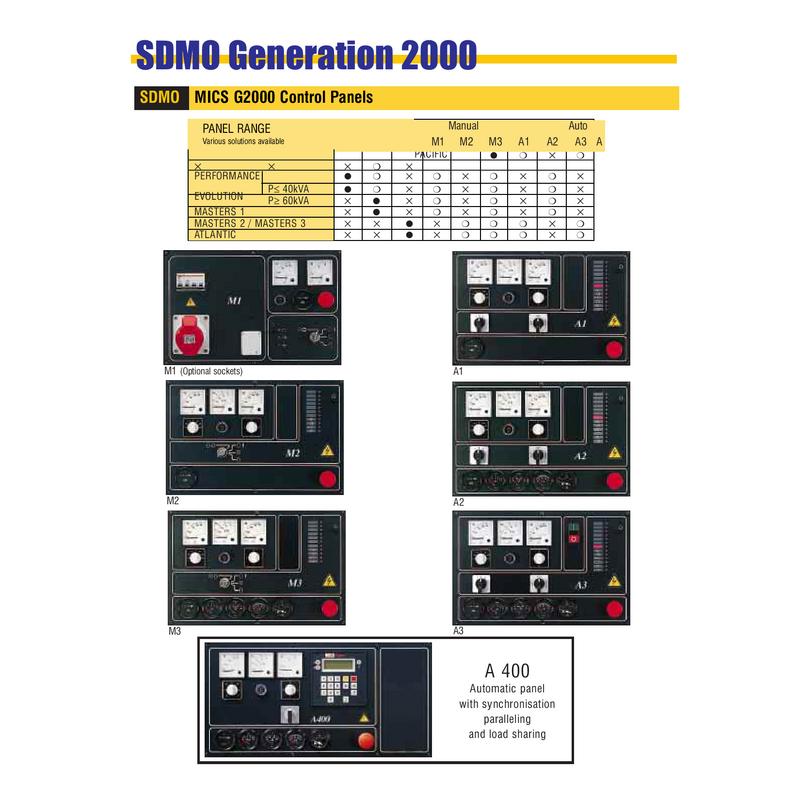

Dynamos are no longer used due to the size and complexity of the commutator needed for high power applications.Ī coil of wire rotating in a magnetic field produces a current which changes direction with each 180° rotation, an alternating current (AC). This large belt-driven high-current dynamo produced 310 amperes at 7 volts. He also may have formulated the concept of the dynamo in 1861 (before Siemens and Wheatstone) but did not patent it as he thought he was not the first to realize this. It was also the discovery of the principle of dynamo self-excitation, which replaced permanent magnet designs. In the prototype of the single-pole electric starter (finished between 18) both the stationary and the revolving parts were electromagnetic. Independently of Faraday, Ányos Jedlik started experimenting in 1827 with the electromagnetic rotating devices which he called electromagnetic self-rotors. Jedlik and the self-excitation phenomenon Wire windings became a basic feature of all subsequent generator designs. Since the output voltage is proportional to the number of turns, generators could be easily designed to produce any desired voltage by varying the number of turns. Experimenters found that using multiple turns of wire in a coil could produce higher, more useful voltages. Later homopolar generators would solve this problem by using an array of magnets arranged around the disc perimeter to maintain a steady field effect in one current-flow direction.Īnother disadvantage was that the output voltage was very low, due to the single current path through the magnetic flux. This counterflow limited the power output to the pickup wires, and induced waste heating of the copper disc.

While current was induced directly underneath the magnet, the current would circulate backwards in regions that were outside the influence of the magnetic field. This design was inefficient, due to self-cancelling counterflows of current in regions of the disk that were not under the influence of the magnetic field. He also built the first electromagnetic generator, called the Faraday disk a type of homopolar generator, using a copper disc rotating between the poles of a horseshoe magnet. The principle, later called Faraday's law, is that an electromotive force is generated in an electrical conductor which encircles a varying magnetic flux. The operating principle of electromagnetic generators was discovered in the years of 1831–1832 by Michael Faraday. Their only practical applications were to power early X-ray tubes, and later in some atomic particle accelerators. Because of their inefficiency and the difficulty of insulating machines that produced very high voltages, electrostatic generators had low power ratings, and were never used for generation of commercially significant quantities of electric power. Such generators generated very high voltage and low current. The charge was generated using either of two mechanisms: electrostatic induction or the triboelectric effect. They operated on electrostatic principles, by using moving electrically charged belts, plates, and disks that carried charge to a high potential electrode. The armature can be on either the rotor or the stator, depending on the design, with the field coil or magnet on the other part.īefore the connection between magnetism and electricity was discovered, electrostatic generators were invented. In a generator, alternator, or dynamo, the armature windings generate the electric current, which provides power to an external circuit.

Early Ganz Generator in Zwevegem, West Flanders, BelgiumĮlectromagnetic generators fall into one of two broad categories, dynamos and alternators.


 0 kommentar(er)
0 kommentar(er)
